Most of L2 winding appears to be clumped onto one end of a 3300 ohm resistor. This resistor value does not seem to be included in the schematic. One end of L2 goes to the Ant screw terminal on the back panel. Schematic suggests that this winding of L2 should have about 8 ohms DC resistance, which you should be able to measure with a multimeter. The other end of L2 goes to the ground lug of the Phono jack (also mounted on the back panel, next to the Antenna screw terminal).

The schematic also shows a link winding for L2, suggesting it has fewer turns. This makes L2 an air-wound transformer having four wires in total. Your photo is unclear, but I guess that this link winding goes up to two tie points mounted on the back panel. The measured resistance of this link winding should be smaller than the 8 ohm resistance of L2 primary.
Just to be clear, the loop antenna L1 is also in the photo. It should have two ends, one of which seems to be dangling, unconnected. This is a very important part of the radio, resonating with the big variable capacitor C20.
On to measure L2 inductance
L2 probably hasn't much inductance: estimating how much may influence how it should be measured. Some multimeters claim to measure "L", but give inaccurate results for small values, or are inaccurate where an inductor is lossy (like this one).
Jerry's suggestion to resonate L2 with a capacitor might be a good method. A function generator and oscilloscope are required, and a known-value capacitor.
You might try this circuit:

simulate this circuit – Schematic created using CircuitLab
The 3.3K resistor is the one on whose body L2 is wound. You might try different values of capacitance for C1...something like 0.001uF - 0.01uF. Adjust function generator frequency watching for oscilloscope voltage to rise to a maximum. This voltage will likely be quite small. Start at the high-frequency end of your function generator's range.
\$ L_2 = {1 \over {(2PI F)^2C_1}} \$ where F is frequency (Hz), C1 is capacitance (farads), and L2 is inductance (henry).
Normally, the loop antenna L1 is the main source of radio signal. The small link winding of L2 might add some additional signal from an external long-wire antenna. If no antenna is connected (the usual case), the link winding of L2 is a very low impedance: almost a short circuit. The main purpose of L2 is to electrically lengthen an external antenna, (which was usually too short), and couple its signal into the main resonator: L1.
These direct-AC-line-connect radios would not pass safety code today. Although RCA was careful to not allow an external direct connection to their "ground" symbol, many component failures could cause such a deadly connection. In any case, the shields around I.F. transformers are potentially "hot". I would not plug anything into that back-panel phono jack. And I've learned the hard way that probing around circuits like this with an oscilloscope is very perilous: I still have my thumb, but a 'scope probe ground clip didn't survive.



